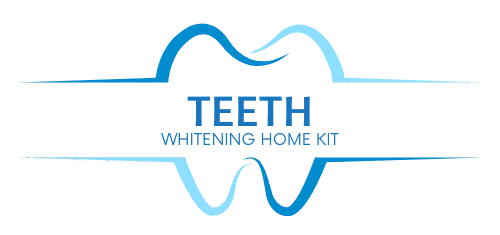
Associations representing oral health professionals continue their push for detailed workforce data, despite earlier attempts to secure the information needed for long-term planning.
“At this point, the only data we have is the total number of dental hygienists registered in each province and territory,” said Sylvie Martel, director of dental hygiene practice at the Canadian Dental Hygienists Association (CDHA). “We don’t know whether they’re working in clinics, specialty practices, in education, research or administration — we don’t know if they work part time or full time, and we don’t know their exact location.”
Martel said the CDHA, Canadian Dental Association (CDA), Canadian Dental Assistants Association (CDAA) and the Denturists Association of Canada have jointly applied for a Health Canada grant to build what she called a “very robust workforce planning model.”
“All oral health professions are in the same boat,” she said. “We do not have sound data on oral health workforce.”
“If we can work together to map population needs and providers’ availability and locations, we’ll be better able to pinpoint shortages or oversupply,” she added.
In June, the CDHA also pushed back against claims of a widespread hygienist shortage, citing the need for better work environments, retention strategies and evidence-based workforce planning — following a petition by hygienists opposing calls from some Ontario dentists to expand preventive-care roles to foreign-trained dentists amid alleged shortages.
“Collecting health workforce data at this scale has been a complex undertaking, not just for the oral health sector but for all health professions.”
Sentiment echoed by the CDA
When approaching the CDA, the sentiment is echoed.
“Significant gaps remain in oral health workforce data — particularly regarding employment type (part time vs. full time), areas of specialization and workforce distribution,” the CDA said.
The CDA confirmed that the four associations have submitted a proposal under Stream 2 of Health Canada’s Oral Health Access Fund, which supports projects to expand access to oral health care in rural, remote or underserved communities.
Read related story: Canada rekindles oral health data surveys to track trends: ‘It was serendipity’
Is there funding?
However, Health Canada says funding for detailed workforce data has ended. Budget 2023 provided about $23 million over two years to Statistics Canada to develop infrastructure and collect oral health workforce data through the Survey of Oral Health Care Providers (SOHCP) — the federal agency’s first national dentist and hygienist provider survey.
“That funding has now ended, and there are no current plans to continue data collection, including repeating the SOHCP,” said Mark Johnson, spokesperson at Health Canada and the Public Health Agency of Canada.
Instead, Health Canada said the Canadian Institute of Health Information (CIHI) has a “number of holdings, including data on oral health professionals,” Johnson added.
“CIHI collects supply and demographic data on more than 30 different groups of health care professionals, including dental hygienists.”
Read related story: Does oral health data lead to public health funding?
“CIHI is one source, which is not always complete.”
CIHI’s role
When Martel was asked whether CIHI is the CDHA’s primary source for dental hygienist workforce data, which is updated every two years, she pointed to gaps in the information.
“CIHI is one source, which is not always complete,” Martel said. “For many years, you could see that some provinces didn’t report any numbers.”
However, Martel acknowledged that for the 2023 dataset, CIHI provided “actual numbers of registered dental hygienists for all provinces and territories.”
“We also go directly to the dental hygiene regulatory bodies if we need an accurate number of practising or registered dental hygienists in a particular province or territory. But the regulatory body does not collect the data that we need to inform the workforce needs.”
“In the meantime, we continue to work together to gather as much data as possible.”
Gaps endure despite earlier efforts
There were earlier efforts, yet workforce data gaps continue.
For instance, the Oral Health Care Sector Study Organization (OHCSSO) was formed in 2003, and published in 2005 that the necessary data to build a national workforce model did not exist. More recently, Health Workforce Canada launched in November 2023 to bring together health and education groups to strengthen workforce data.
The CDA offered a glimpse into why, despite ongoing efforts, detailed workforce data are still not the norm.
“Collecting health workforce data at this scale has been a complex undertaking, not just for the oral health sector but for all health professions,” the association said. “Even with significant funding allocated for health human resources planning over the years by governments and undertaken by many experts, there are still, for example, significant shortages in the nursing and medical workforce across Canada.”
The CDA went on to explain that workforce modelling is a “complicated process” because it needs to account for various demand variables as well as direct and indirect supply.
Martel, meanwhile, emphasized that despite the data challenges, collaboration among oral health associations continues to focus on practical solutions. “In the meantime, we continue to work together to gather as much data as possible and see how we can move forward with what we have or what we would need if that grant doesn’t come through,” she said. “We are working closely to develop strategies to address staff recruitment and retention while ensuring better work conditions for staff in dental offices.
“Our collaboration is ongoing,” she concluded.

